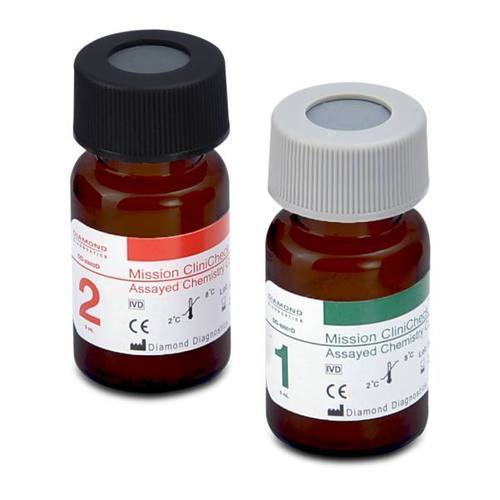Dear Stanley Assayed vs Unassayed Molecular
The “tested” controls were given specific values assigned by the control manufacturer. Manufacturer-determined values can be specific units for measuring accuracy and precision, or the expected QC response with a specific test. These values give the controls an intended use, which means that "tested" controls must obtain 510(k) clearance from the United States Food and Drug Administration (FDA).
The 510(k) clearance process is rigorous and requires testing many variables to ensure that the assigned values are true. For example, an “assayed” control for the BD MAX™ Enteric Parasite Panel has been validated to ensure that it produces the QC responses expected for that panel. The assigned value is its expected CQ response.

It is important to note that in the United States, manufacturers cannot label a control with a diagnostic instrument name or claim that the control produces an expected QC response for an instrument unless the control has passed FDA 510(k) clearance. Controls that have 510(k) clearance are considered Class II medical devices by the FDA and must include the in vitro diagnostic (IVD) symbol on their labels, not "Research Use Only."
"Untested" controls do not have specific values assigned to them by the manufacturer. These are broad spectrum controls that allow the end user of the material to determine expected QC results. Generally, they can be used with a wide variety of analyses, instruments and tests. "Untested" controls have been rigorously tested by the manufacturer, but do not require FDA 510(k) clearance.
These terms can be confusing, and I can understand your concern when you hear "untested". I'm happy to explain the difference between “tested” and “untested” when it comes to molecular diagnostic instrument controls, and hope to put your mind at ease.
